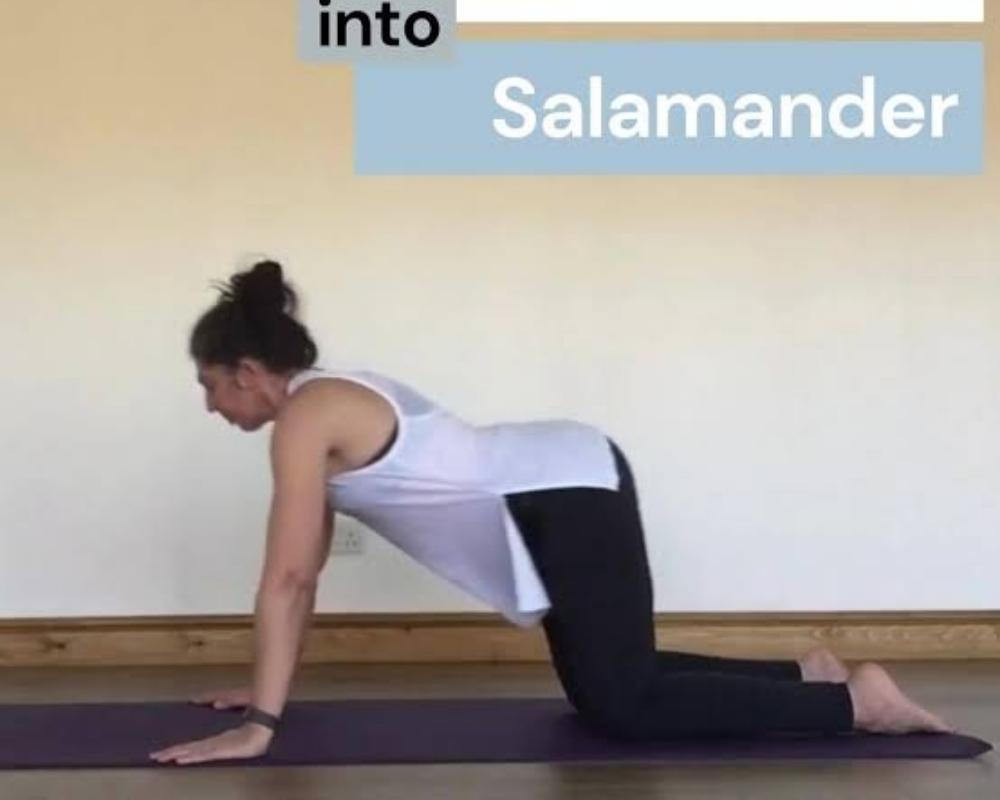A neuroscientist shares the 3 exercises she does to stop stress and anxiety.
Curated from: cnbc.com
Ideas, facts & insights covering these topics:
4 ideas
·1.53K reads
27
Explore the World's Best Ideas
Join today and uncover 100+ curated journeys from 50+ topics. Unlock access to our mobile app with extensive features.
Introduction
During stressful situations, our brain can feel like our worst enemy, causing us to shut down with anxious thoughts or heart palpitations.
Intense anxiety activates the sympathetic nervous system, a network of nerves that trigger the “fight or flight” response to perceived danger. But instead of protecting us, it is sometimes inconvenient — for example, if you’re at a job interview and trying to impress a potential future employer.
26
450 reads
1. The mindful sigh
You should be sitting comfortably for this. I do it at my desk when I notice key symptoms of stress like shallow breathing, tense shoulders or an increased heart rate.
- Take a deep, long inhale through your nose for five seconds and hold.
- Take another quick inhale for one second and hold for three seconds.
- Sigh a slow, long exhale through your mouth for six seconds.
- Repeat the cycle three times.
That quick second inhale causes the air sacs in the lung, which collapses when we’re done inhaling, to reinflate with air. As a result, the surface area in the lungs increases, and releases carbon dioxide from the body more efficiently. This helps to relax the body.
Long exhales cause a slight increase in pressure to the receptors in the heart, signaling the brain to slow down the heart rate.
43
430 reads
2. The half-salamander
This is called the half-salamander because your eyes are moving while your head is kept still, similar to a salamander’s behavior.
- Sit or stand in a comfortable position, with your head facing forward.
- Shift your eyes to the right without turning your head.
- Tilt your head towards your right shoulder and hold for 30 to 60 seconds.
- Let your head come back up to its neutral position and shift your eyes to look forward again.
- Repeat the same steps on the other side.
The half-salamander stimulates the vagus nerves — a system that controls your heart rate — and triggers a relaxation response in our body
35
379 reads
3. The full salamander
This one is harder to do if you are at your desk or in the office, so it’s a great longer-term exercise to try at home.
- Kneel on all fours, with your head facing down.
- Look to the left without turning your head.
- Tilt your head to the left.
- Let your left spine twist with the head tilted to the left.
- Hold for 30 to 60 seconds
- Bring your head and spine to the center to straighten out.
- Repeat the same steps on the other side.
34
279 reads
IDEAS CURATED BY
CURATOR'S NOTE
Some people said they had anxiety attack, hope these tips can help to reduce it.
“
Benny Herlambang's ideas are part of this journey:
Learn more about personaldevelopment with this collection
The benefits of a bedtime routine
How to improve your sleep quality
How to create a relaxing sleep environment
Related collections
Similar ideas
Read & Learn
20x Faster
without
deepstash
with
deepstash
with
deepstash
Personalized microlearning
—
100+ Learning Journeys
—
Access to 200,000+ ideas
—
Access to the mobile app
—
Unlimited idea saving
—
—
Unlimited history
—
—
Unlimited listening to ideas
—
—
Downloading & offline access
—
—
Supercharge your mind with one idea per day
Enter your email and spend 1 minute every day to learn something new.
I agree to receive email updates



